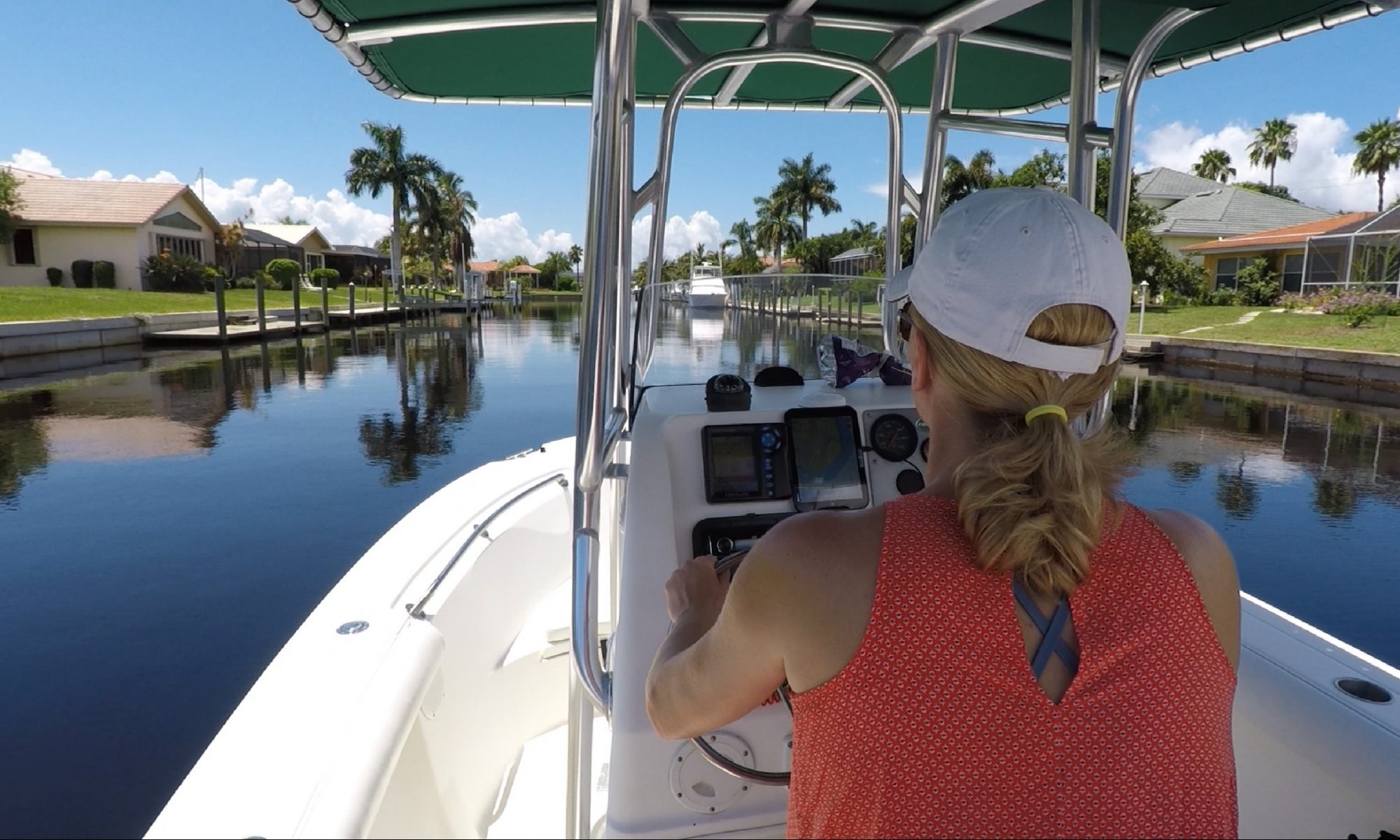
The Myakka River is a significant body of water in Florida, known for its ecological and historical importance. It is a tributary of the Peace River and is approximately 58 miles long. The river has a rich history dating back to the indigenous people of the area, and it has played a role in the development and growth of Southwest Florida
Indigenous people have inhabited the banks of the Myakka River for thousands of years. The area around the river was home to the Calusa people, who were one of the most advanced indigenous cultures in Florida. The Calusa relied on the river for their livelihood, using it as a source of food and water. They also used the river for transportation, fishing, and trade with other tribes. The Calusa were known for their intricate canal systems, which allowed them to control the flow of water in the Myakka River and its surrounding areas.
In the late 19th century, settlers began to move into the area along the Myakka River. The fertile land and abundant resources in the region attracted them. The settlers established farms, ranches, and fishing operations along the river, which helped spur the local economy’s development. In the early 20th century, the Myakka River was designated as a state park, which helped to protect the area’s natural resources and preserve its ecological significance.
The Myakka River State Park is now one of Florida’s largest state parks and a popular destination for outdoor enthusiasts. The park offers recreational activities such as hiking, camping, fishing, boating, and wildlife viewing. The Myakka River is home to a wide variety of plant and animal species, including manatees, alligators, and a number of bird species. The park is also home to several species of rare and endangered plants, making it an important site for conservation and preservation efforts.
The Myakka River has also played a significant role in the growth of the state of Florida. In the early 20th century, the river was used as a source of freshwater for the growing populations of Sarasota and Charlotte counties. The water from the Myakka River was also used to irrigate crops and to power local industries. The river was also used to transport goods and supplies to and from the nearby cities and towns.
In recent years, the Myakka River has faced numerous challenges, including pollution and overdevelopment. The increasing population in the surrounding areas has put pressure on the river’s resources, leading to concerns about its long-term ecological health. In response to these challenges, local and state officials have implemented a number of measures to protect the river and its surrounding area, including creating new conservation areas and implementing regulations to control pollution.
The Myakka River has a rich and diverse history, reflecting the many different communities and cultures that have called the area home over the years. From its early importance to the area’s indigenous people to its role in the development and growth of the state of Florida, the Myakka River remains a vital and significant body of water. Today, the river is protected by the Myakka River State Park and is a popular destination for outdoor enthusiasts and those who are interested in preserving the state’s natural resources and ecological heritage.
